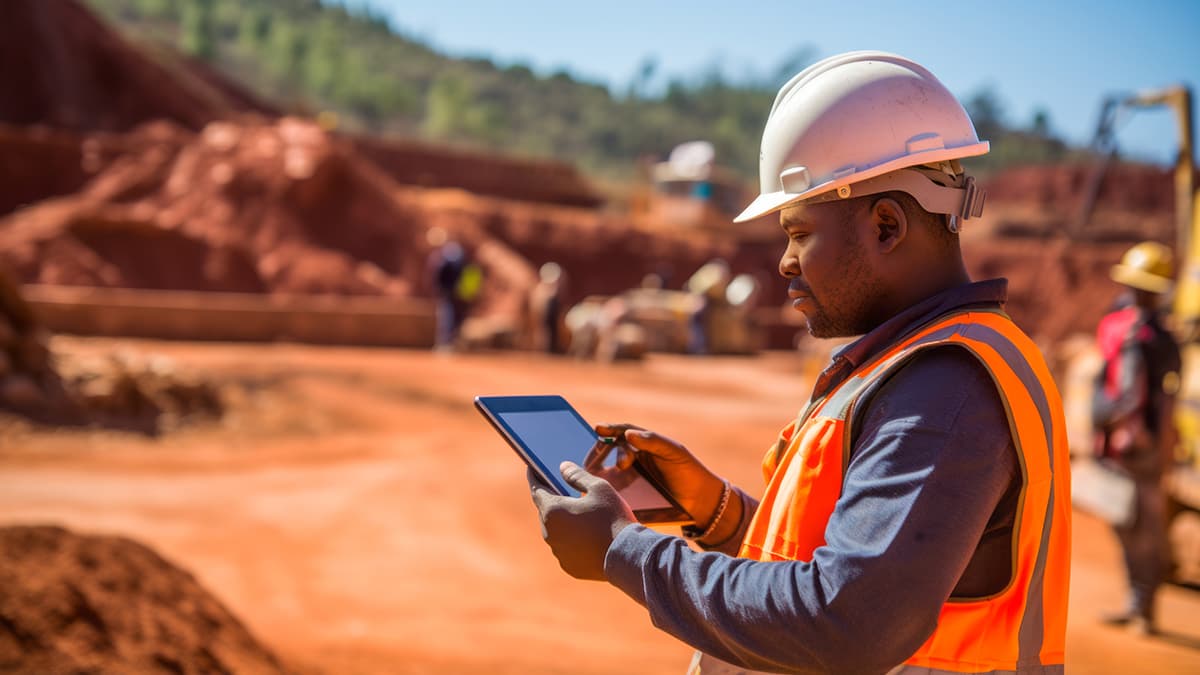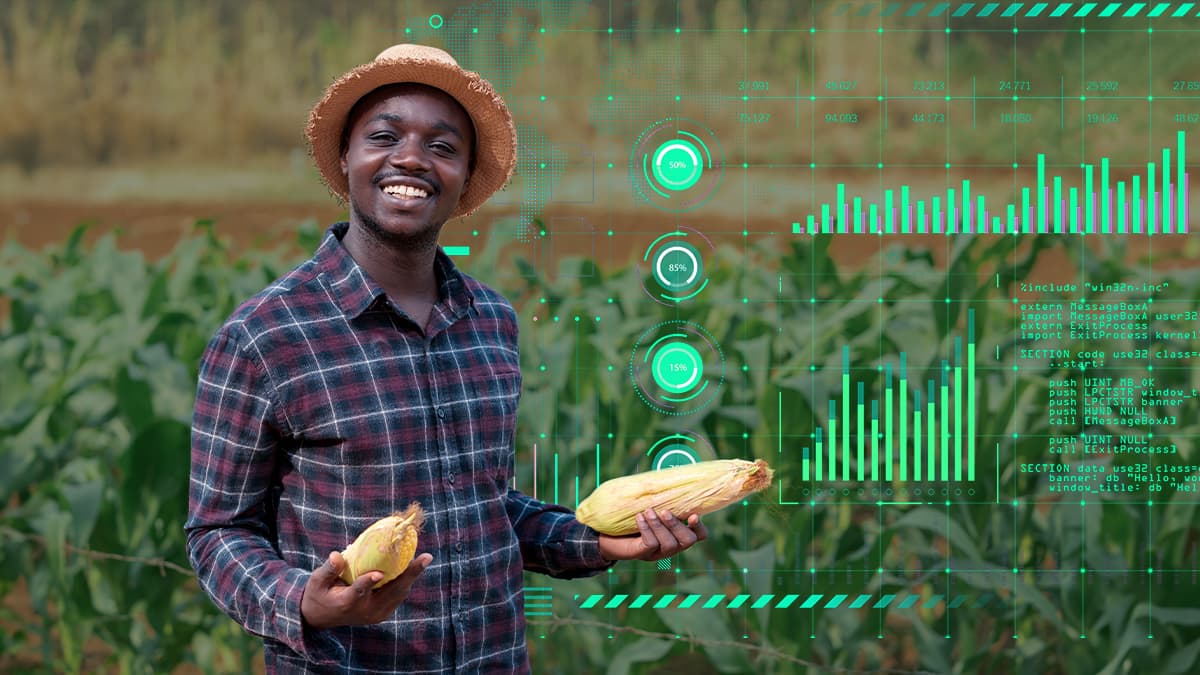The sustainable management of Africa's vast forest resources has become increasingly crucial in the face of global climate change and the continent's rapid economic development. Efficient timber tracing is essential for combating illegal logging, ensuring sustainable forest management, and promoting transparency in the timber trade.
.jpg)
Timber Tracing Landscape in Africa
Africa's forests cover approximately 624 million hectares, representing about 20.6% of the continent's land area (FAO, 2020). These forests play a vital role in biodiversity conservation, climate regulation, and supporting local livelihoods. However, they face significant threats from illegal logging and unsustainable harvesting practices. Effective timber tracing can help address these challenges by reducing illegal logging and associated trade, enhancing sustainable forest management, improving revenue collection for governments, and facilitating compliance with international timber trade regulations.
Best Practices for Timber Tracing Using Technology
.jpg)
1. Blockchain Technology
Blockchain technology offers a decentralized and tamper-proof system for recording and verifying timber transactions. Its application in the African timber industry can significantly enhance traceability and transparency. Best practices for implementing blockchain technology include developing platforms that record each step of the timber supply chain, from harvest to export. It is crucial to ensure interoperability between different blockchain systems to facilitate cross-border timber trade within Africa. Additionally, providing training and support to stakeholders is essential to encourage widespread adoption of blockchain technology.
2. DNA Barcoding and Isotope Analysis
DNA barcoding and isotope analysis can help verify the species and origin of timber products, making it easier to detect illegal logging and trade. To effectively implement these technologies, it is important to establish regional DNA databases for important timber species in Africa. Investing in portable DNA sequencing devices for on-site timber verification can greatly enhance the efficiency of the process. Furthermore, combining DNA barcoding with isotope analysis provides more accurate information on timber origin, strengthening the overall traceability system.
3. Radio-Frequency Identification (RFID) Tags
RFID tags offer a cost-effective solution for tracking individual logs or batches of timber throughout the supply chain. When implementing RFID technology in Africa, it is essential to use durable, weather-resistant tags suitable for harsh environments. Implementing a standardized RFID tagging system across different African countries can facilitate regional timber trade. For comprehensive tracking, integrating RFID data with other tracing technologies and centralized databases is highly recommended.
.jpg)
4. Remote Sensing and Satellite Imagery
Remote sensing technologies and satellite imagery can help monitor forest cover changes and detect illegal logging activities. Best practices include utilizing high-resolution satellite imagery for regular forest cover assessments and implementing early warning systems based on near real-time satellite data to detect suspicious logging activities. To achieve more accurate results, it is advisable to combine satellite imagery with ground-based monitoring.
5. Mobile Applications and Cloud-Based Platforms
Mobile apps and cloud-based platforms can facilitate data collection, verification, and sharing among stakeholders in the timber supply chain. Developing user-friendly mobile apps for forest officers, timber traders, and customs officials to record and verify timber data is crucial. Given the limited internet connectivity in some areas, ensuring offline functionality of these apps is essential. Implementing cloud-based platforms for centralized data storage and analysis can further enhance the efficiency of timber tracing systems.
6. Artificial Intelligence (AI) and Machine Learning (ML)
AI and ML algorithms can help analyze large datasets, identify patterns, and detect anomalies in timber trade data. Developing AI models to analyze satellite imagery for detecting illegal logging activities can significantly improve monitoring capabilities. Using ML algorithms to identify suspicious patterns in timber trade data and flag potential illegal activities enhances the overall effectiveness of tracing systems. To maintain accuracy, it is important to continuously train and update AI/ML models with new data.
Challenges and Considerations in the African Context
.jpg)
While implementing these technologies offers significant benefits, several challenges need to be addressed in the African context. Many African countries lack the necessary technological infrastructure for widespread implementation of advanced tracing systems. This limitation necessitates significant investment in infrastructure development. Extensive training and capacity building are also required to ensure effective use of new technologies.
The initial investment required for implementing advanced tracing technologies can be prohibitive for some African countries, highlighting the need for innovative funding mechanisms and international support. Developing common standards and protocols across different African countries is crucial for effective regional timber tracing, requiring collaboration and coordination at a continental level.
It is also important to balance technological solutions with traditional knowledge. Integrating local and indigenous knowledge into technological approaches can lead to more holistic and culturally appropriate solutions for timber tracing in Africa.
Gabon has been a frontrunner in implementing technology to trace timber. CSM Tech partnered with Gabon Investment Promotion Agency to create a timbe traceability solution that also features an eMarketplace and an automated eGovernance solution.
Read more about it here: www.csm.tech/government-functions/offering/timber-traceability-solution/


























































We will verify and publish your comment soon.